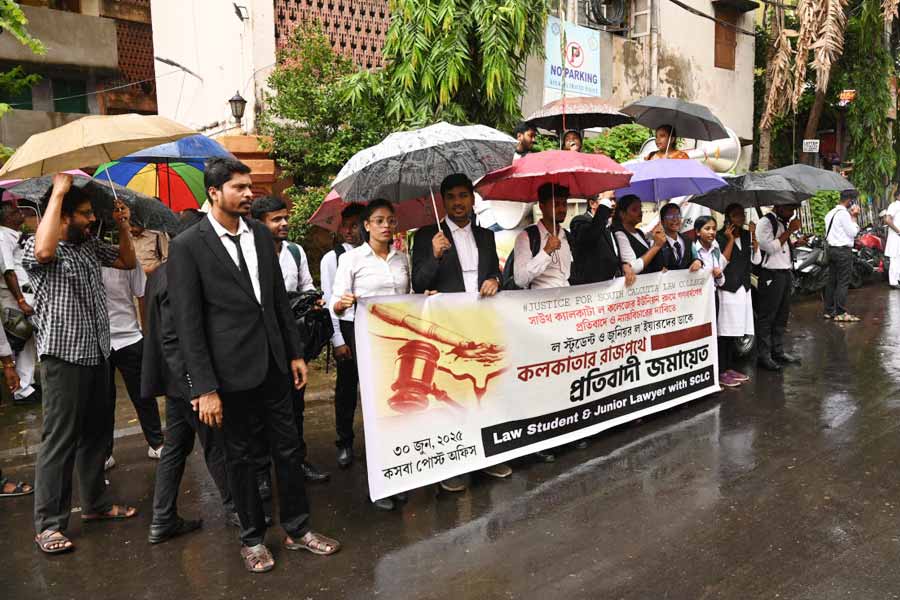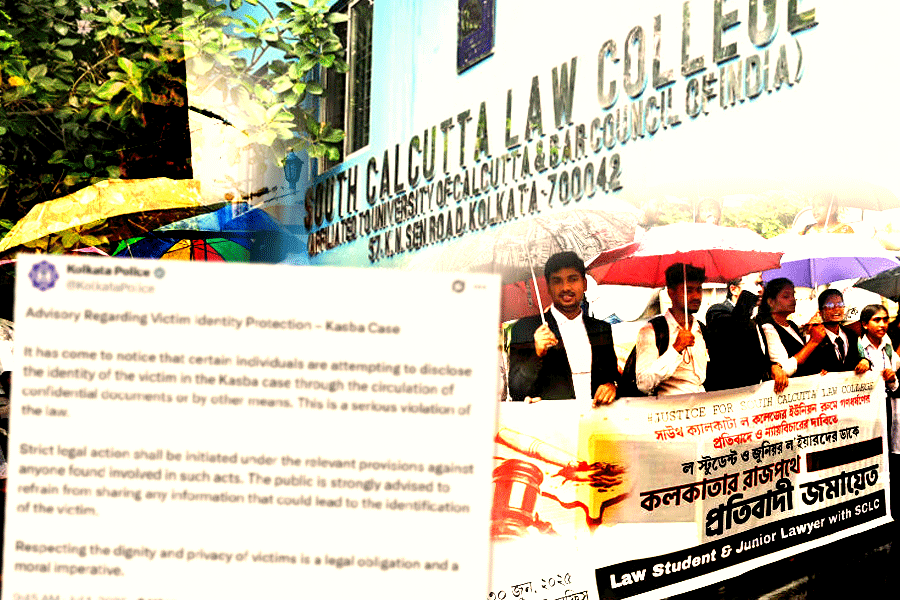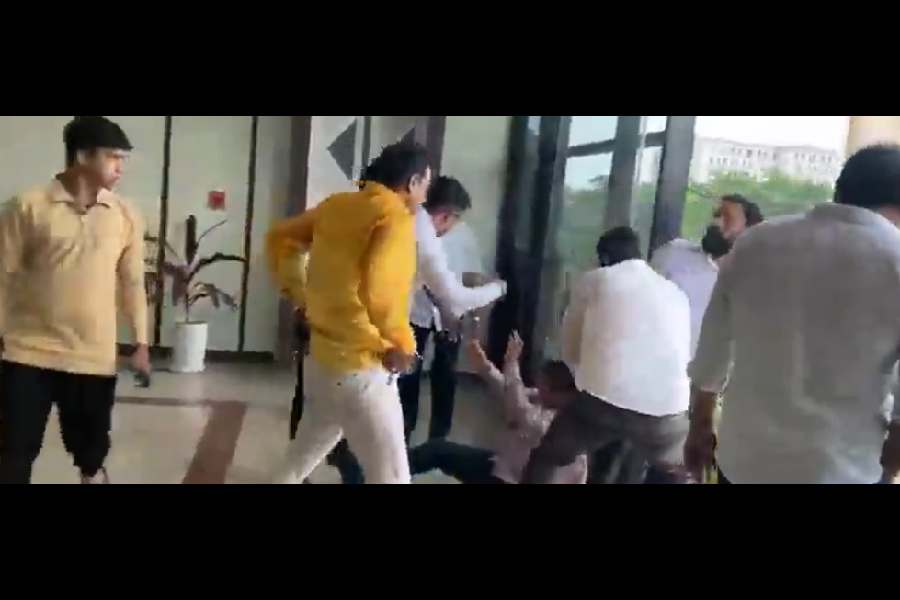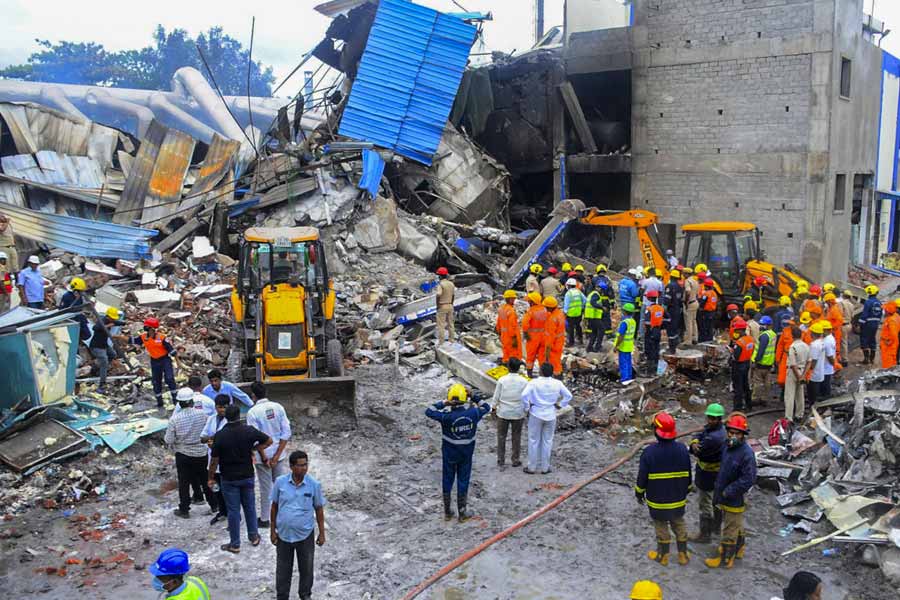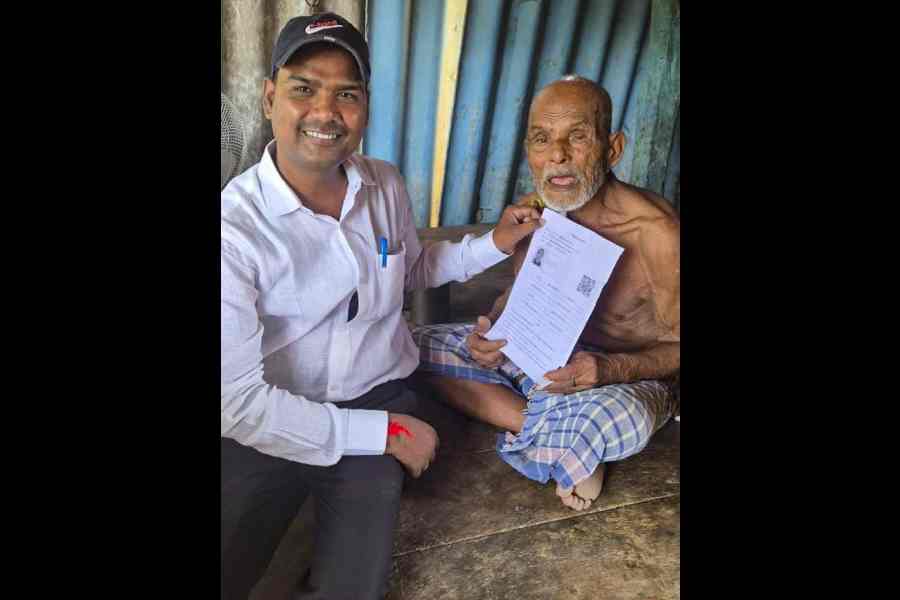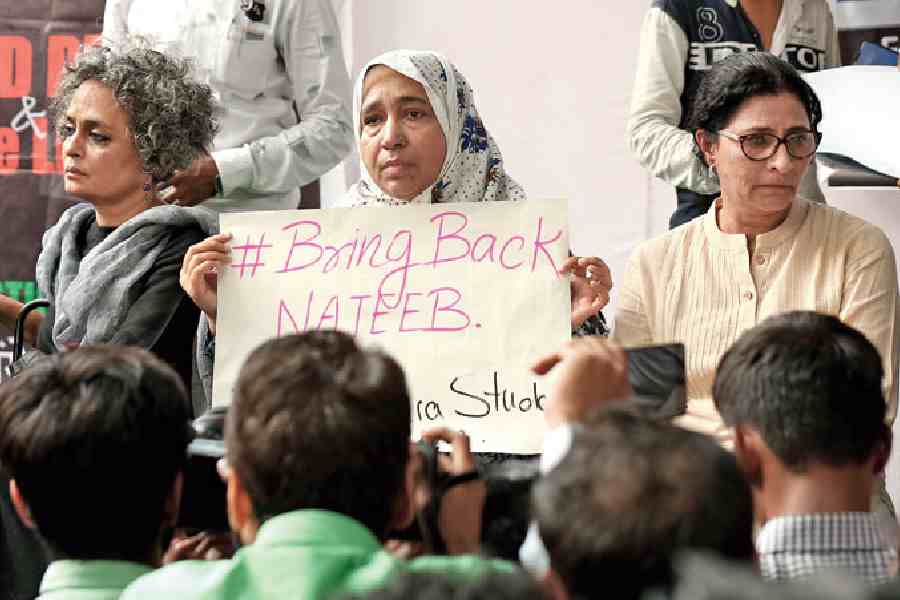Bangkok, July 18: Thuingaleng Muivah and Isak Chisi Swu, general secretary and chairman of the National Socialist Council of Nagalim (Isak-Muivah), may visit India again by the end of the year. But they have made it clear that the visit will be contingent upon a “tangible” movement forward in the peace process.
By this, the Naga leaders mean Delhi should recognise the aspiration of Nagas to live together — their desire for the integration of all Naga-inhabited areas.
The NSCN (I-M) is understood to have told the Indian negotiators, led by K. Padmanabhaiah, that if there were problems in demarcating Naga-inhabited areas on a map, that could be left till later. But it was important that India recognise as legitimate the desire of Nagas to live under one roof.
Unless some modalities were found for making such a commitment, they told Padmanabhaiah, the visit to India would be of no use. “What will we tell our people in Nagaland when we meet them?” he was asked.
The NSCN (I-M) leaders were so upset with the lack of progress in the peace talks that they wanted to reduce the period of ceasefire extension from one year to between three and six months. However, they were advised that such a course of action would destabilise the peace process, as there might be questions in Parliament about the reduction in the ceasefire period.
Contentious issues would be subject to public scrutiny even before any possible way forward could be explored, they were told.
However, it was largely because of two important assurances given by New Delhi that the ceasefire was extended by a year: One, it would restrict the activities of insurgent groups threatening the Naga peace process — they will not be allowed to roam about armed and be confined to designated camps.
Two, the security and police forces that are alleged by the Nagas to be playing a partisan role process would be redeployed.
The NSCN (I-M) leaders responded by committing that in such a case they, too, would send their cadres to their camps.
However, on the contentious issue of integration of Naga-inhabited areas, Delhi seems reluctant to make a commitment. But were it to consider giving such an assurance in principle, there would be two ways of going about it — through a resolution in Parliament or a joint declaration by the chief Indian negotiator and the NSCN (I-M) leadership.
There are obvious difficulties in getting a parliamentary resolution. But the NSCN (I-M) believes that recognising the legitimacy of the Naga aspiration to live together could also be done by Delhi through a joint communiqué. This was the method used in July 2002 in Amsterdam to recognise “the unique history and situation of Nagas” — admitting thereby that the Nagas had not historically been a part of India, either by consent or conquest.
There were heated arguments about the problems associated with the integration of Naga-inhabited areas. The Naga negotiators took strong exception to being told that the area they were claiming was eight times the total area of the present Nagaland.
They claimed that the Nagas always wanted to live together, but had been divided among different states by “outsiders”.
The negotiators wisely decided to take a short break to allow frayed tempers to recover in the interest of saving the peace process. And succeeded.


